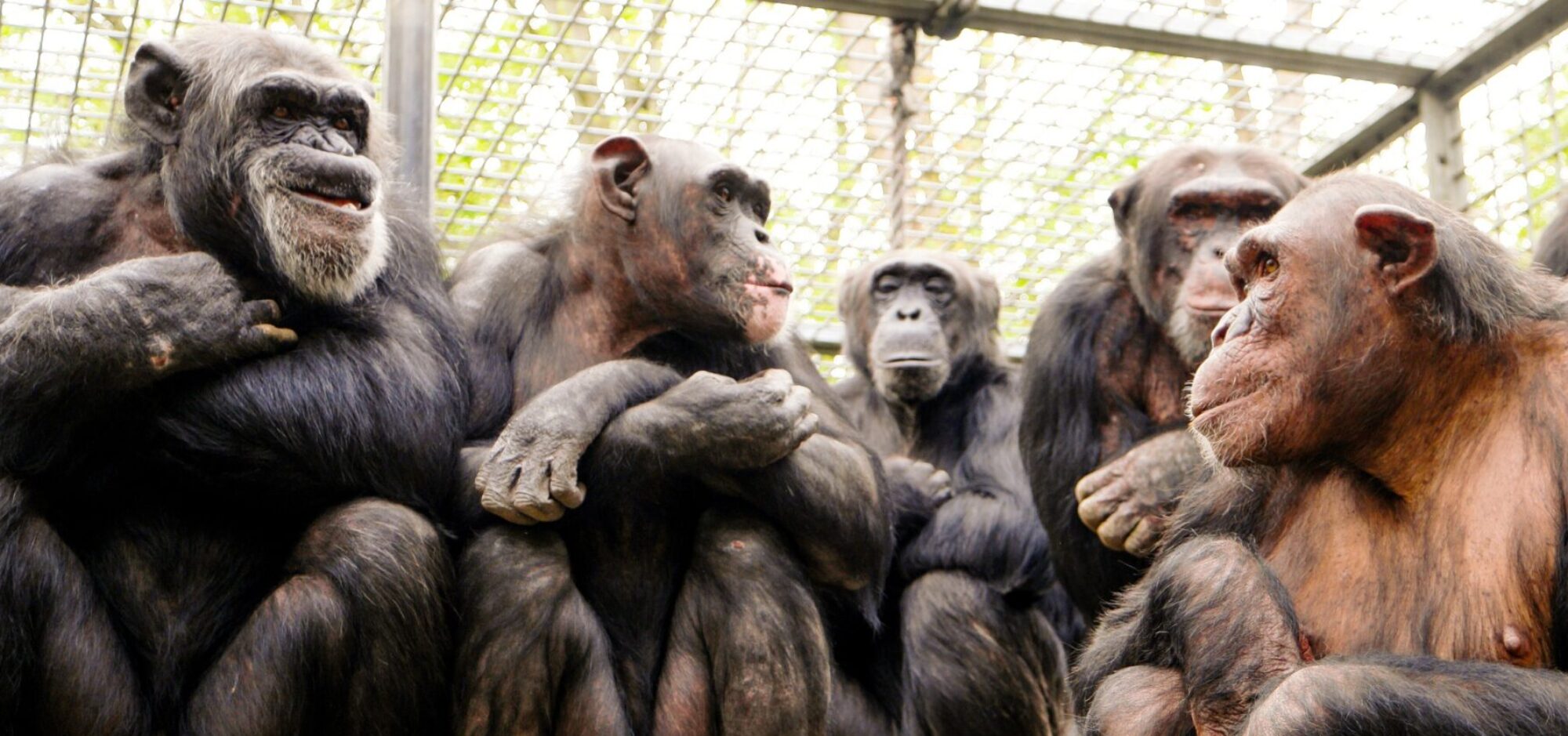“Why my theory that humans can only maintain 150 friendships has withstood 30 years of scrutiny
by Robin Dunbar, The Conversation
https://phys.org/news/2021-05-theory-humans-friendships-withstood-years.html
(…)
Despite the growing evidence, the same critiques reappear with suspiciously religious zeal. The most common claim is that human behavior is culturally determined and so cannot be subject to the same biological rules as primate behavior. Another variant on this claim is that networking platforms such as LinkedIn have made it possible for us to maintain more extensive social networks.
Most of these claims fail to recognize that Dunbar’s number applies to quality relationships, not to acquaintances—which account for the more casual outer layers of our social networks, beyond our 150 meaningful friendships.
However, a more recent challenge by researchers at Stockholm University claims to have finally debunked Dunbar’s number by showing that the social brain equation underpredicts human social group sizes. Alas, the study used flawed statistical methods and fails to account for the body of evidence we now have to support Dunbar’s number.
(…)
Evidence from neuroscience
We’ve also filled in many of the behavioral and neurocognitive details that underlie the social brain hypothesis. More than a dozen neuroimaging studies have shown that, in both humans and monkeys, the size of an individual’s social network correlates with the size of their default mode neural network—the large brain circuit that manages social relationships.
Similarly, the touch-based bonding mechanism that holds these groups together—a mechanism that exploits the brain’s endorphin system—is common to both humans and primates. This is why hugging and physical touch is so important in our relationships.”
